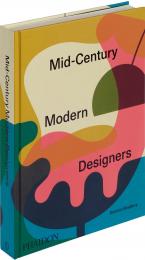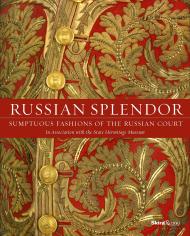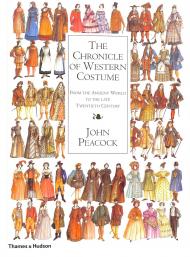Відданість піонерам дизайну, які визначили естетику середини століття завдяки своїм роботам з меблями, скляним посудом, керамікою та текстилем
Понад 50 років потому захоплення дизайном середини століття сильніше, ніж будь-коли раніше. Дослідіть самобутній стиль популярного руху в цьому путівнику від А до Я, щоб побачити 300 впливових дизайнерів, які допомогли його визначити.
Від популярних ікон, таких як Алвар Аалто, Ліна Бо Барді, Тоні Дюкетт, Чарльз та Рей Імс, П'єр Жаннере, Флоренс Нолл та Джо Понті, до менш відомих постатей руху, книга демонструє розлогий, багато ілюстрований портрет модернізму середини століття по всьому світу.
Докладні тексти про кожного дизайнера з'являються разом із сотнями зображень післявоєнних дизайнів, від меблів до скляного посуду, освітлення до текстилю, кераміки до посуду, розкриваючи яскраве перехресне запилення ідей серед дизайнерів, які визначили естетику епохи.
Про автора:
Домінік Бредбері — письменник та журналіст-фрілансер, що спеціалізується на архітектурі та дизайні. Він написав багато книг на ці теми, зокрема Atlas of Interior Design, The Fife Arms, Atlas of Mid-Century Modern Masterpieces та Atlas of Mid-Century Modern Houses, усі видані видавництвом Phaidon.
Він також пише статті для багатьох газет та журналів у Великій Британії, США та за кордоном, зокрема для The Times, Financial Times, Wallpaper*, House & Garden та Galerie.














